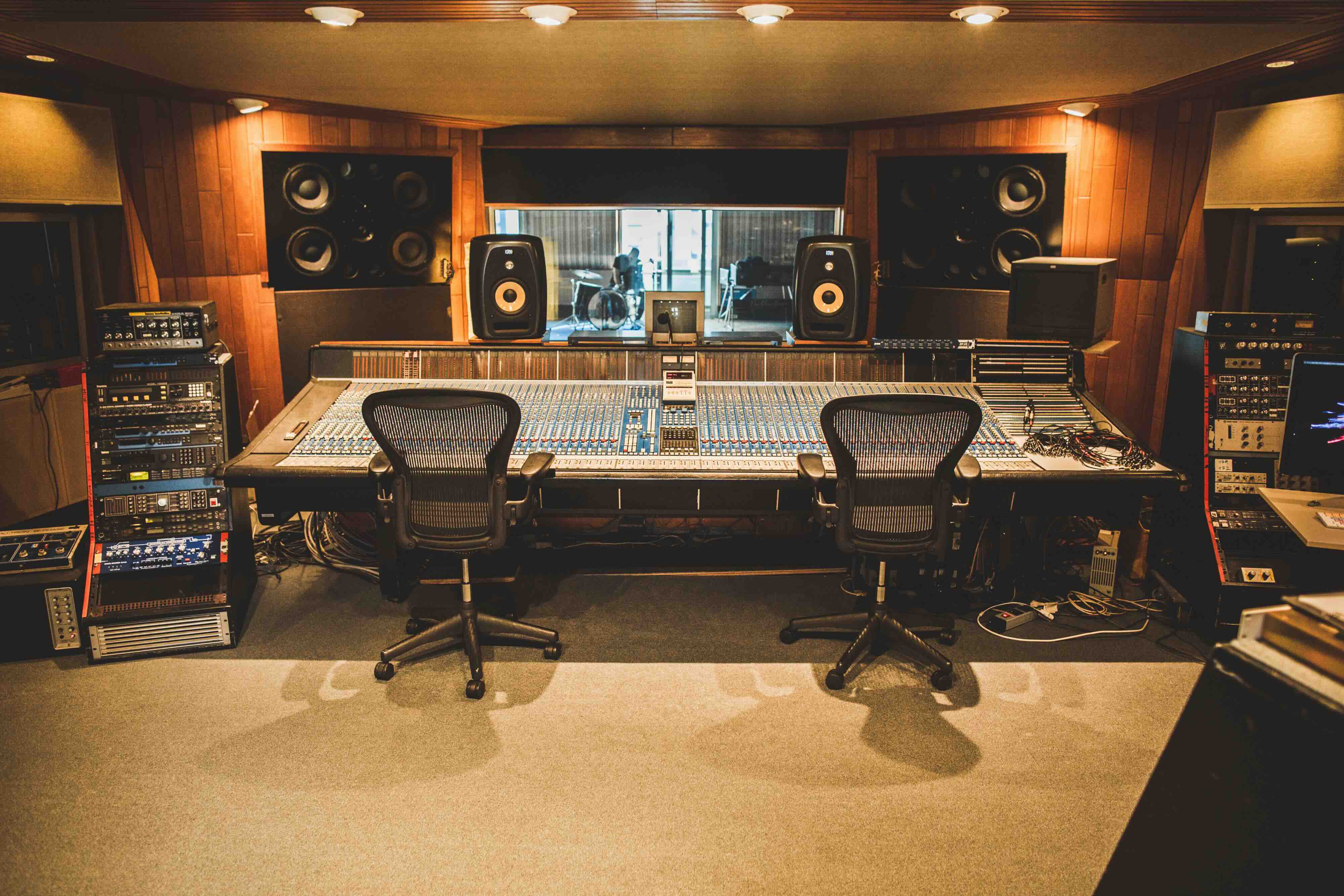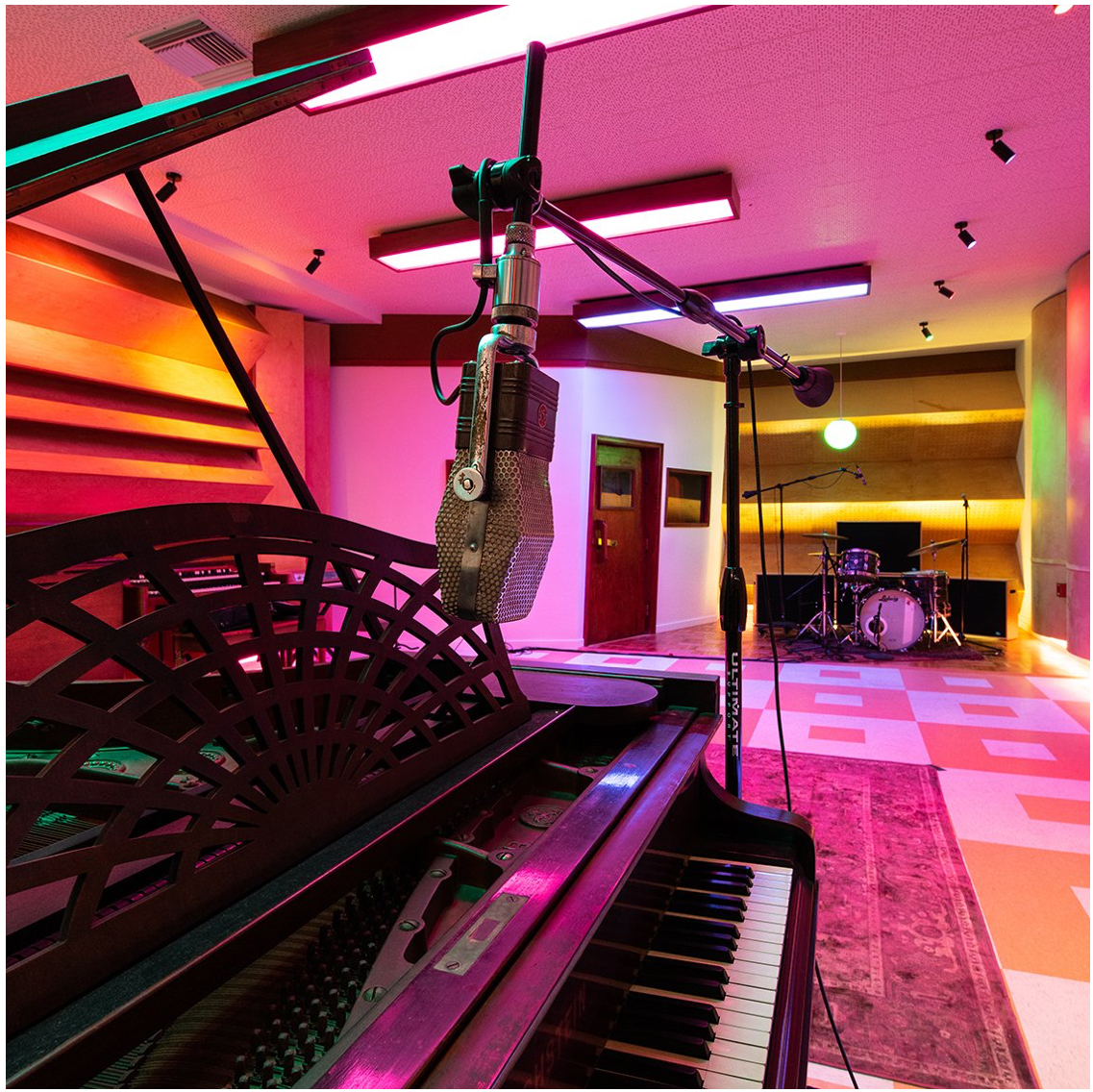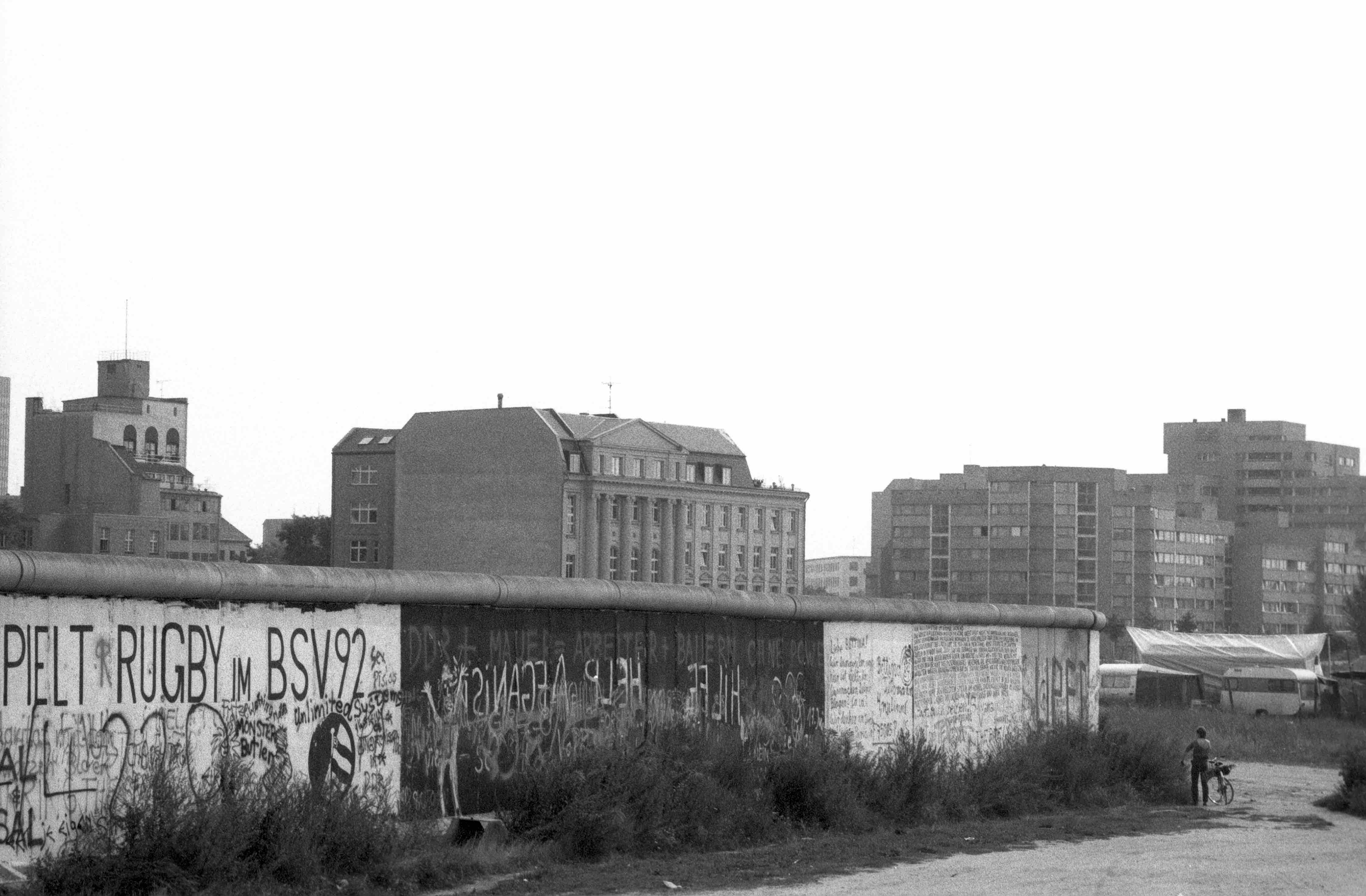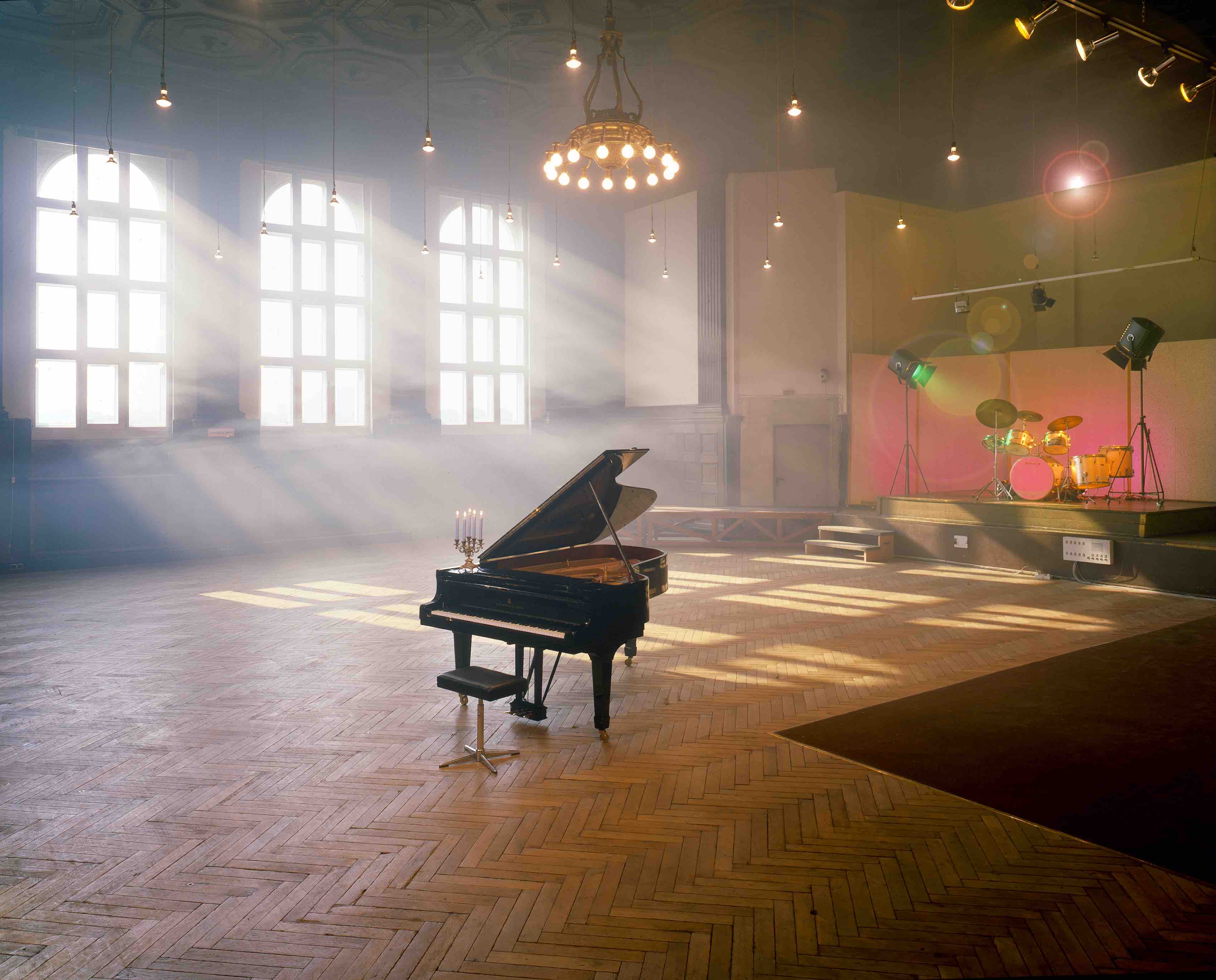
Inside the World’s Most Famous Recording Studios
Step inside a studio where music history was made, and you can almost hear it—the ghost of a guitar riff that changed the world, the echo of a vocal take that still gives people goosebumps. The world’s most famous recording studios aren’t just buildings filled with microphones and mixing desks. They’re part time capsule, part temple. They’ve hosted rock revolutions and whispered ballads, becoming destinations for artists who want more than just a clean signal chain—they want magic.
What Makes a Studio Famous?
So, what turns a studio from a functional space into a legendary one? As a team that’s worked with many of these studios, we’ve seen that it usually comes down to a few key ingredients:
Historical Legacy: Many of these studios have been operating for decades, and their walls have witnessed the making of some of the most important albums in music history. They’ve played a part in shaping entire genres, soundtracking cultural shifts, and housing landmark sessions that have stood the test of time. Their reputations have been built across generations of artists who continue to return for that intangible sense of creative heritage.
Equipment: These studios aren’t just old—they’re home to sonic treasures most engineers can only dream of. Vintage Neve consoles, tube microphones, EMT plate reverbs, Fairchild compressors—the gear lists in these spaces are museum-worthy, and most of it has been used on countless recordings. The specific combination of equipment, recording chains, and room acoustics creates a sound that simply can’t be replicated elsewhere.
Artist Influence: When the studio guestbook includes the likes of The Beatles, Prince, Stevie Wonder, or Patti Smith, it shapes more than reputation—it defines sonic identity. These artists didn’t just record in these spaces, they stretched the capabilities of the rooms and the engineers around them, leaving a creative blueprint that others continue to chase.
Sound of the Room: The acoustics of a studio’s live room are as influential as any piece of gear. The unique sound of a space—its reflections, resonances, and reverb tail—gets imprinted across every recording. Abbey Road Studio 1, for instance, has such a distinct orchestral sound that trained ears can often tell when a score has been recorded there. Composers choose it not just for quality, but because it carries a signature no plug-in can fake.
Location and Cultural Significance: Studios don’t operate in a vacuum—they’re shaped by the movements and scenes around them. Abbey Road was the heartbeat of the British Invasion and London’s psychedelic era. Electric Lady was born in the bohemian haze of Greenwich Village. Sunset Sound was embedded in LA’s golden age of rock. Hansa became a symbol of Cold War-era reinvention and post-punk artistry. These surroundings infused the music with cultural gravity and gave the studios an energy that still lingers.

Studio Highlights: The Big 5
Abbey Road Studios (London, UK)
There’s no list without Abbey Road. Originally built for classical music, the studio became ground zero for pop innovation thanks to The Beatles. Studio Two, in particular, is legendary—used for everything from Sgt. Pepper’s to Abbey Road. Today, it remains one of the world’s top destinations for orchestral scoring and high-fidelity pop.
Electric Lady Studios (New York City, USA)
Jimi Hendrix’s passion project, Electric Lady was designed to feel more like a creative sanctuary than a sterile studio. It’s a psychedelic maze of curved walls, ambient lighting, and historic gear. Artists from Stevie Wonder and David Bowie to Frank Ocean and Lana Del Rey have embraced its vibe-heavy ethos.
Sunset Sound (Los Angeles, USA)
What began as a studio for Disney soundtracks became one of the most important rooms in rock history. Prince, Led Zeppelin, The Doors, Van Halen, and Fleetwood Mac all made defining records here. Its live room is prized for drum recordings, and its natural reverb has shaped everything from Purple Rain to Rumours.
Capitol Studios (Los Angeles, USA)
Beneath the iconic Capitol Records Tower lies one of the most technically revered studios in the world. Its echo chambers—designed by Les Paul—are part of the reason Capitol became the sonic home for Frank Sinatra, Nat King Cole, The Beach Boys, and later, Sam Smith and Beck. Its sound is crisp, polished, and cinematic.
Hansa Studios (Berlin, Germany)
Nicknamed "Hansa by the Wall" for its location near the Berlin Wall, Hansa Studios played a defining role in shaping the post-punk and new wave sounds of the late '70s and '80s. David Bowie recorded his iconic track “Heroes” here, capturing the atmosphere of a divided city. U2 later followed with Achtung Baby, finding the experimental space ideal for creative reinvention.

Other Historic Studios of Note
While no longer operating as fully commercial facilities, several legendary studios still deserve mention:
Muscle Shoals Sound Studio (Alabama, USA): Home to The Rolling Stones, Aretha Franklin, and Bob Dylan, Muscle Shoals was famous for its raw, soulful vibe. Now a heritage site, its legacy lives on in the recordings—and the swampy groove—that came out of its walls.
Ocean Way Studios (Hollywood, USA): Once a benchmark for recording acoustics, Ocean Way attracted everyone from Radiohead to Dr. Dre before its transition away from commercial sessions.
RCA Studio B (Nashville, USA): The birthplace of the “Nashville Sound” and a regular haunt of Elvis Presley, this studio is now preserved as a museum but remains operational for occasional recordings.
Sun Studio (Memphis, USA): Known as the birthplace of rock ’n’ roll, Sun gave us Elvis, Johnny Cash, and Jerry Lee Lewis. It’s now a working tourist landmark with immense historical gravity.
Trident Studios (London, UK): Tucked away in Soho, Trident Studios was the site of pivotal recordings by David Bowie (Ziggy Stardust), Queen (Bohemian Rhapsody), and Elton John (Your Song). Its Trident A Range console and forward-thinking engineering approaches helped define the polished yet adventurous sound of 1970s British rock.
Artists Who Made These Studios Iconic
The Beatles & Abbey Road Studios
Working with engineer Geoff Emerick, The Beatles turned Abbey Road into a sonic lab. They pushed for innovation—tape loops, artificial double-tracking, reverse playback—and inspired studio practices that became standard across the industry.
“He never failed to come up with the goods.” — Geoff Emerick on working with The Beatles
The Beach Boys & Capitol Studios
Brian Wilson used Capitol’s subterranean echo chambers to craft the expansive, layered vocal sound that defined Pet Sounds. The chambers’ long decay and unique shape gave Beach Boys records an otherworldly glow that can still be heard in film scores today.
Jimi Hendrix & Electric Lady Studios
Hendrix didn’t just record at Electric Lady—he built it. With Eddie Kramer and architect John Storyk, he created a space that reflected his artistic vision. Its curved geometry and dreamy lighting still define its creative atmosphere.
“It’s the vibes. Any time I walk in here, I feel them… the spirit of Jimi is everywhere.” — Eddie Kramer
Joni Mitchell & Sunset Sound
Joni Mitchell recorded parts of Blue and other early work at Sunset Sound. Known for her exacting standards, she worked closely with engineers to achieve a natural, emotionally transparent sound that reflected her songwriting. These sessions helped solidify the studio’s reputation for intimacy and sonic honesty.
Stevie Wonder & Electric Lady Studios
During sessions for Talking Book, Wonder surrounded himself with a circular setup of synths and clavinets, leaning into the studio’s free-form layout. The result: tracks like “Superstition”, full of life and character, shaped as much by space as by song.
David Bowie & Hansa Studios
Bowie’s “Berlin Trilogy”—especially “Heroes”—was born at Hansa Studios, heavily influenced by the divided city’s bleak intensity and experimental freedom. The studio’s proximity to the Wall and its grand Meistersaal hall lent a haunting resonance that still defines the sound of those recordings.
Patti Smith & Electric Lady Studios
Patti Smith’s groundbreaking album Horses was recorded at Electric Lady in 1975. Her raw, confrontational vocal style and poetic lyrics injected a whole new energy into the studio, cementing it as a creative refuge not just for classic rock icons but for the punk and art scenes emerging in New York at the time.
Prince & Sunset Sound
Prince tracked vocals in Sunset Sound’s control room to preserve intimacy, and he used the live room to create punchy, immediate-sounding drums on Dirty Mind and 1999. His precision and experimental demands helped shape the studio’s modern reputation.

Why These Studios Still Matter Today
With today’s technology, artists can make hits in bedrooms. But these legacy studios still matter—because they offer something deeper.
Legacy and Inspiration: Being in a room where iconic music was made can transform a session. It’s psychological, sure—but also creative fuel.
Unmatched Acoustics: You can’t model the imperfections of a room that’s shaped the tone of thousands of records. You can get close, but not quite there.
Exclusive Gear: Some of these studios have equipment you simply can’t rent, borrow, or emulate convincingly. These sonic tools make a difference.
Human Touch: Veteran engineers, assistants, and techs elevate the process. Working in these spaces means tapping into decades of experience and excellence.
That’s why artists, producers, and labels continue to invest in them. And with platforms like ProStudioTime, it’s easier than ever to book recording studio sessions in some of the most respected rooms on the planet.
